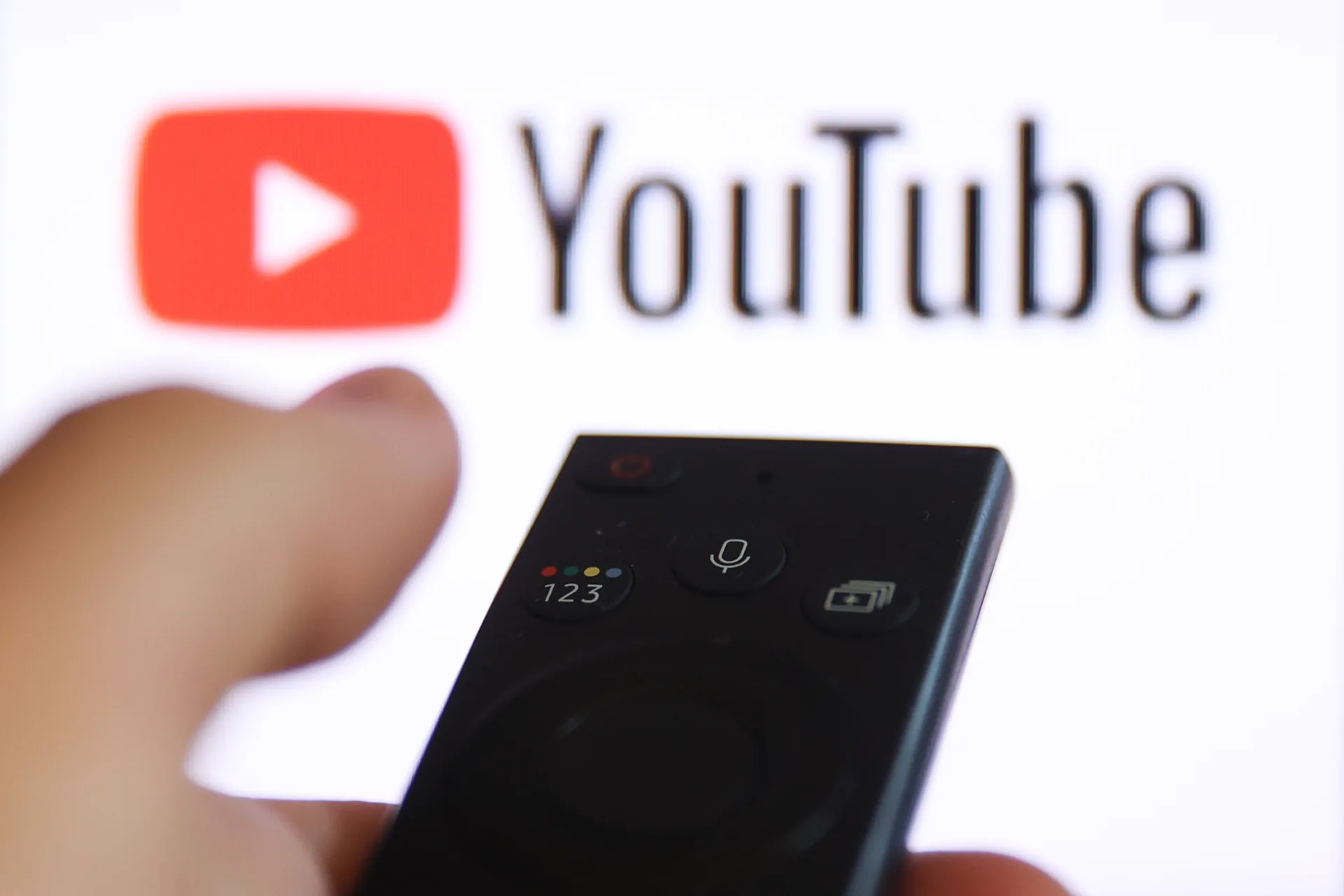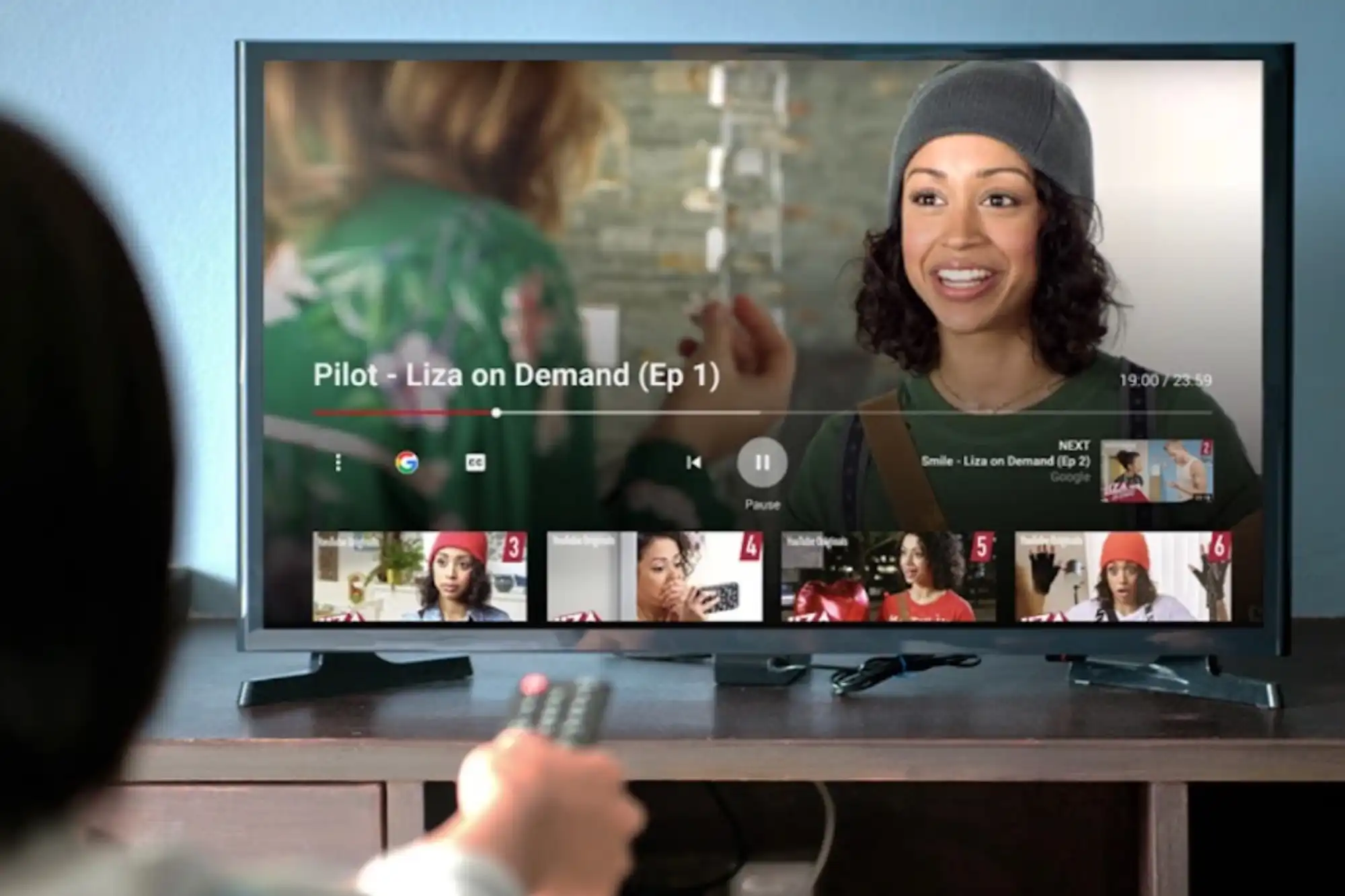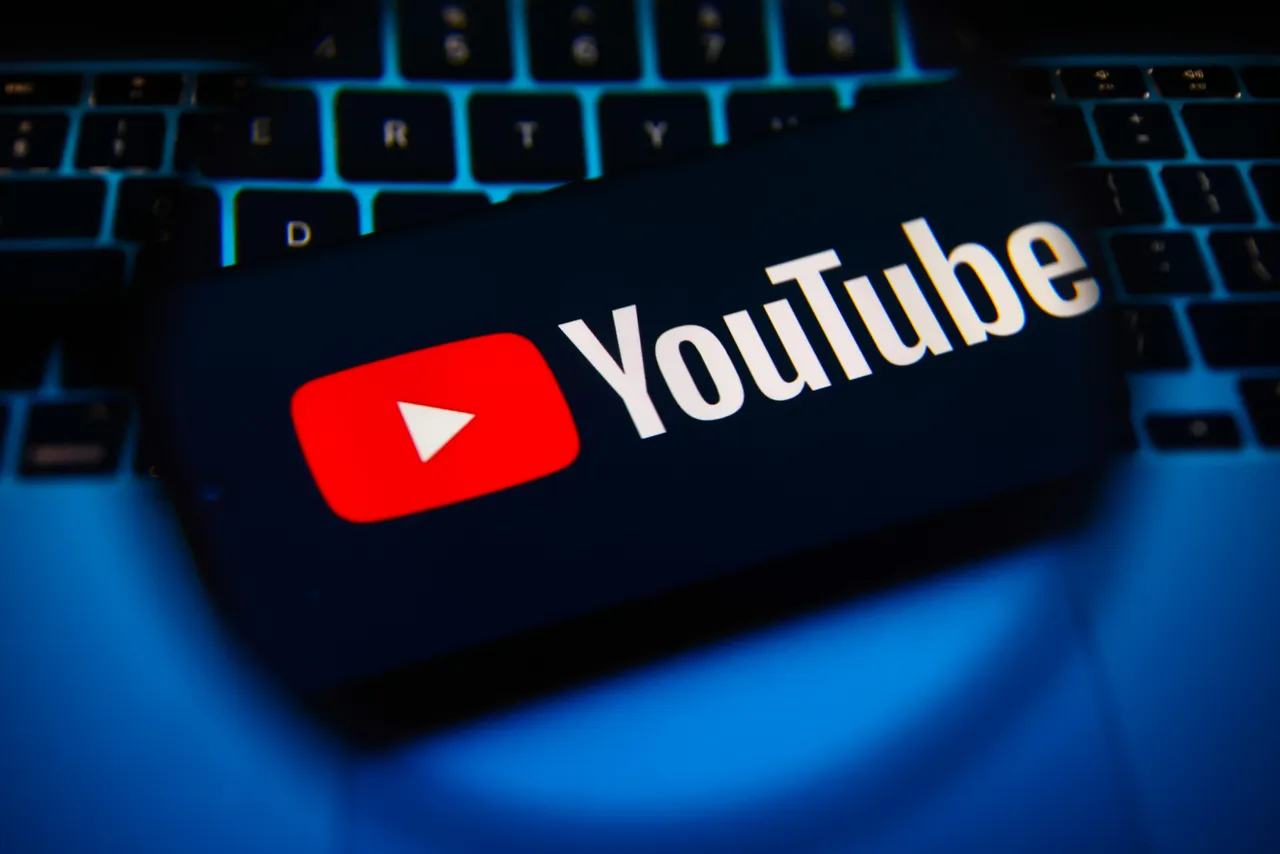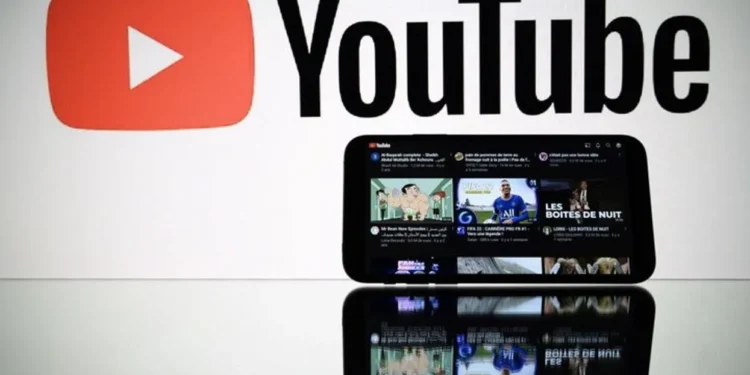In a move that merges convenience with controversy, YouTube has confirmed the introduction of ads on paused videos, shifting the advertising landscape on the platform. This innovative advertising strategy places ads directly on the screen when videos are paused, targeting viewers at a moment previously untouched by direct marketing.

An Unavoidable Reality for YouTube Viewers
YouTube’s decision to monetize paused moments has created a new dimension of viewer engagement. Initially noticed by users on various devices including smart TVs and mobile phones, these pause ads have sparked a mix of curiosity and frustration among the platform’s audience. Reports from Tech-Issues Today and user discussions on YouTube’s subreddit reveal that these ads typically appear on the right side of the screen, compressing the paused video to the left, thereby altering the traditional viewing experience.
Oluwa Falodun, YouTube’s Communications Manager, explained the company’s strategy stating, “As we’ve seen both strong advertiser and strong viewer response, we’ve since widely rolled out Pause ads to all advertisers.” This statement highlights YouTube’s confidence in the new ad format’s acceptance and effectiveness.

The Strategy Behind the Ads
The introduction of pause ads is not a sudden development but a well-thought-out extension of previous advertising experiments. YouTube had been toying with the idea of less intrusive ads, as seen with their mid-roll picture-in-picture (PIP) ads tested in August. This approach minimized disruption by allowing ads to play alongside content, rather than interrupting it entirely.
Philipp Schindler from Google commented during Alphabet’s Q1 2024 earnings call that advertisers are particularly fond of this new ad format. He noted, “Advertisers unsurprisingly love them!” and highlighted that pause ads are “commanding premium pricing from advertisers,” suggesting a lucrative turn for YouTube’s advertising revenue.

YouTube’s Ongoing Battle with Ad Blockers
The deployment of pause ads also reflects YouTube’s strategic move to counteract the widespread use of ad blockers. With ad-blocking technology evolving, YouTube is pushed to find more integrated ways to present ads that are harder to skip, such as server-side ad integration.

Viewer Response and Future Implications
While YouTube claims that the pause ads are designed to be “less disruptive,” the community feedback seems mixed. Some viewers appreciate the non-intrusive nature of the ads, which do not completely take them away from their viewing experience, akin to how ads during a football game timeout allow viewers to remain in the moment. Others, however, feel that the sanctity of their pause moments is being invaded.
As YouTube continues to innovate within the realm of digital advertising, the true impact of pause ads on viewer satisfaction and advertiser success remains to be fully seen. This development not only opens new doors for digital marketing but also sets a precedent for how streaming platforms might leverage every possible viewer interaction in the future.










